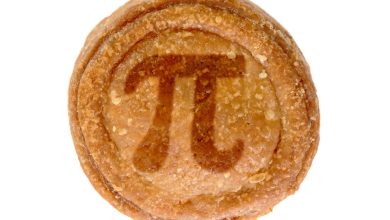
Python is a powerful programming language that is widely used for a variety of tasks, from web development to data analysis. One of the most useful features of Python is its map function, which allows you to apply a function to every item in a list or other iterable object. In this article, we will explore how to unlock the full potential of the map function in Python.
The map function in Python takes two arguments: a function and an iterable object. It then applies the function to each item in the iterable object and returns a new iterable object with the results. This can be extremely useful for performing operations on lists, tuples, or other iterable objects without having to write a loop.
To use the map function, you first need to define a function that you want to apply to each item in the iterable object. This function can be a built-in function, a lambda function, or a user-defined function. For example, suppose you have a list of numbers and you want to square each number in the list. You can define a simple function like this:
def square(x):
return x**2
Then, you can use the map function to apply this function to each item in the list:
numbers = [1, 2, 3, 4, 5]
squared_numbers = list(map(square, numbers))
print(squared_numbers)
This will output [1, 4, 9, 16, 25], which is the result of squaring each number in the original list.
You can also use lambda functions with the map function for more concise code. For example, the above example can be rewritten using a lambda function like this:
numbers = [1, 2, 3, 4, 5]
squared_numbers = list(map(lambda x: x**2, numbers))
print(squared_numbers)
The result will be the same as before, but with less code.
In addition to applying simple mathematical operations to items in a list, the map function can also be used to apply more complex functions. For example, suppose you have a list of strings and you want to convert each string to uppercase. You can achieve this with the map function as well:
words = [‘hello’, ‘world’, ‘ python’]
uppercase_words = list(map(str.upper, words))
print(uppercase_words)
This will output [‘HELLO’, ‘WORLD’, ‘ PYTHON’], which is the result of converting each string to uppercase.
In conclusion, the map function in Python is a powerful tool that can save you time and effort when working with iterable objects. By understanding how to use the map function with different types of functions, you can unlock its full potential and make your code more concise and readable. Experiment with different functions and iterable objects to see how the map function can simplify your programming tasks.






